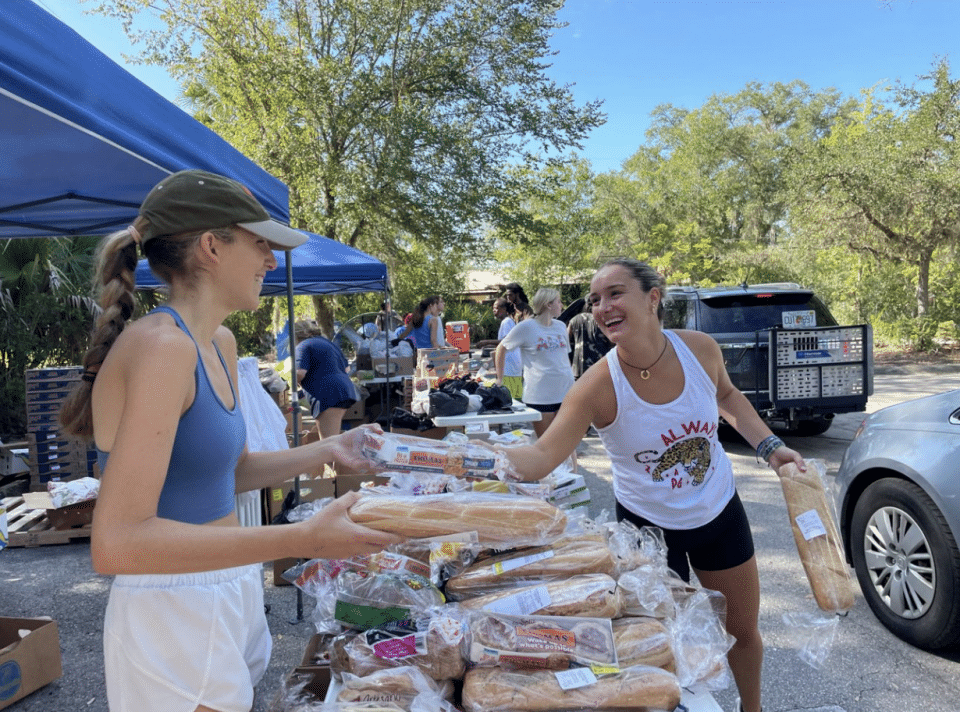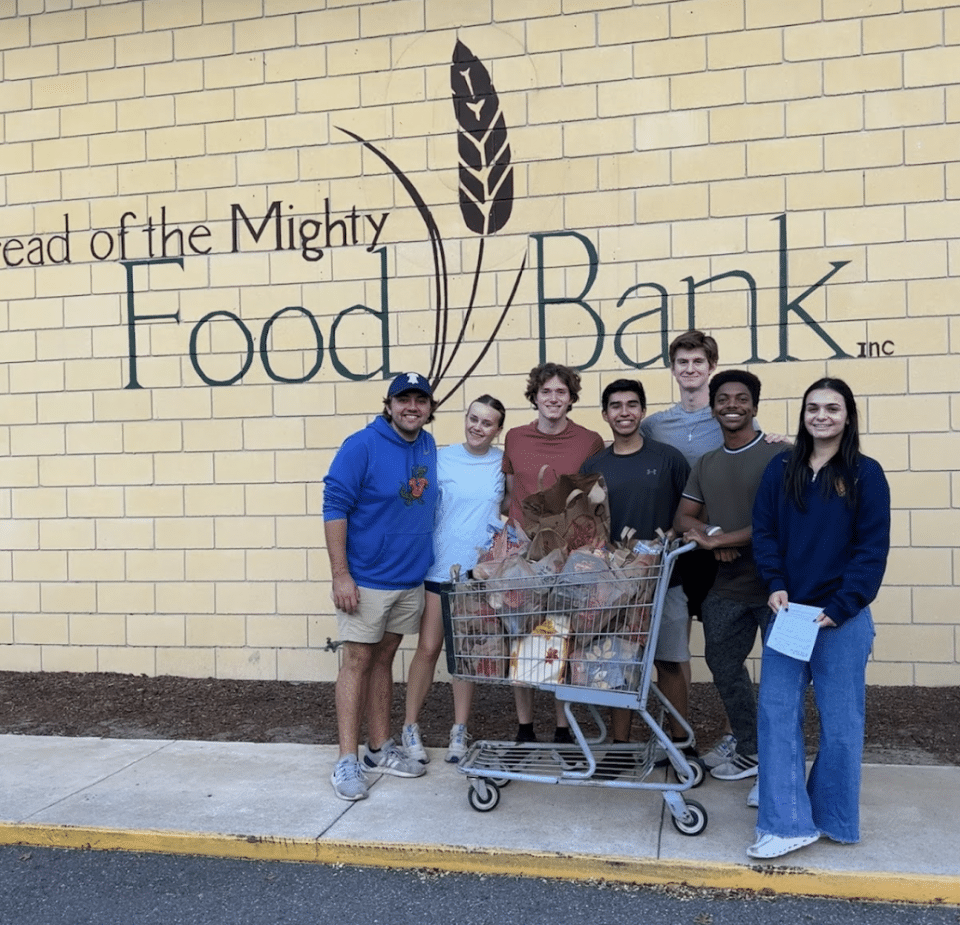Bringing Civic Engagement into the Workplace
In the Heavener School of Business, we have created an environment where civic engagement is prioritized, valued, and enjoyed. As the Florida Leadership Academy’s Civic Engagement Committee, we want to extend our responsibility beyond organizing events and fundraisers by teaching our peers how to take these skills and integrate them into their future workplaces. Civic Engagement stands as one of FLAs four pillars, so to better understand its components, I will be breaking it down into two broad categories: Volunteering and Philanthropy.
Volunteering
The premise of volunteering is simple: donating your time to help a cause. Within volunteerism, there are also two sub-categories that dictate how impactful you can be. The first is need-based volunteerism, which consists of going to a nonprofit, being trained for a specific task, and executing it for a few hours. In FLA, this has taken the form of events such as GNV Bridge where we helped distribute $18,000 worth of food to over 400 community members. The benefit of these types of events is that they help address urgent community needs and they allow for us to directly interact with the communities we are serving.

The second category is skill-based volunteerism, which is when individuals come in with a specialized bank of knowledge and dedicate a longer period of time to creating systems that enhance a nonprofit’s organizational processes. As future professionals, this is where our value lies. Careers in marketing, management, and accounting intrinsically come with skills that can greatly optimize how nonprofits function and allow them to focus on addressing their missions.
Philanthropy
In addition to volunteering, philanthropy allows you to demonstrate civic engagement. Philanthropy, put simply, is donating your assets to help a cause. The specifics on what assets are best to donate come through reflection on what might be most beneficial for yourself and the nonprofit you are supporting. The most common form of philanthropy is monetary contributions, which can be a one-time donation of funds or setting up a recurring donation structure.
Another common practice is in-kind donations which are non-cash gifts made to a nonprofit; this can range from donating school supplies to office buildings. We did this in FLA, by hosting our fall food drive for Bread of the Mighty Food Bank, where we were able to donate and deliver 132 pounds of food.

Now that you have a greater understanding of the different ways in which you can give back, it is important for you to reflect on which method can best fit you and your career. Through your participation in the different civic engagement activities next semester, you will get an opportunity to develop your own philosophies surrounding social good. To make this exercise even more impactful, you can prioritize connecting with companies that share your preferred methods of social good to ensure you can continue practicing them once you join the workforce.
Regardless of which specific method you land on, it will always be beneficial to use civic engagement as a way to push yourself out of your comfort zone professionally. Through a combination of volunteerism and philanthropy you will most effectively be able to holistically serve the communities you reside in and grow as a socially conscious professional.